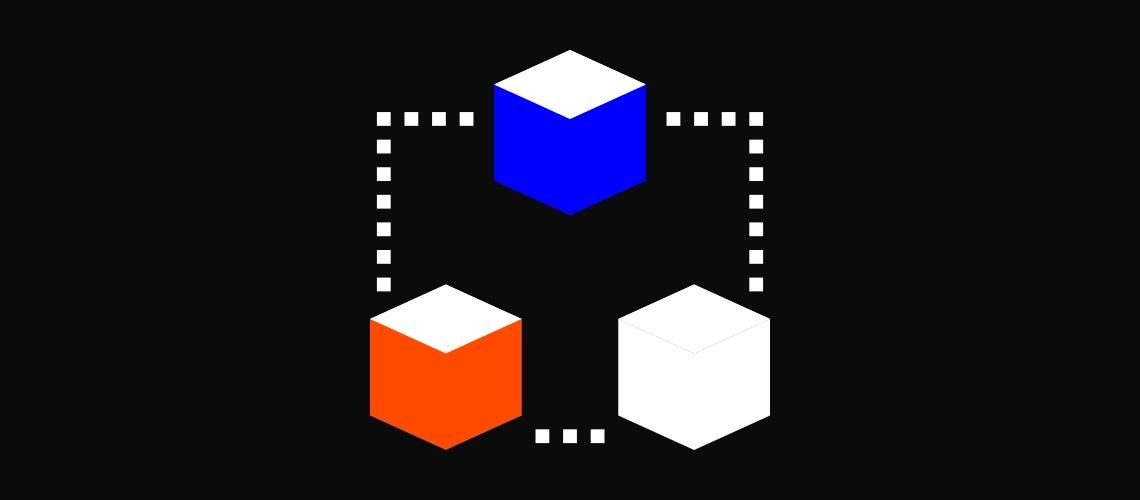
If you’re as fascinated as we are about crypto and blockchain and want to learn more about the science of algorithms, then this article is for you.
Algorithms are the backbone of blockchain networks governing transactions and operations. These consensus mechanisms dictate how every transaction block is created and added to the chain without relying on a centralised authority.
Thanks to Bitcoin and Ether, we’ve heard so much about Proof-of-Work (PoW) and Proof-of-Stake (PoS) models. But like any type of technology, they don’t come without problems. So in this article, we want to focus on the lesser-known algorithms that are also secure and functional.
Proof-of-Activity is a blockchain algorithm that combines elements of Proof-of-Work and Proof-of-Stake. The rationale behind this was to prevent 51% and double-spending attacks.
When a block is created on a PoA blockchain, it uses the PoW mechanism. Miners will compete against each other to validate the first block, and once that occurs, the system sets the PoS mechanism in motion. The block created will have the miner’s address and reward. After which, the algorithm randomly selects a new set of miners. The higher the number of cryptocurrencies they own, the higher their chances of becoming miners.
The algorithm sets itself apart by ensuring that a block is created after all validators signed it. If one or more validators haven’t signed the block, the next block created will jump the queue and join the blockchain.
While the algorithm’s security is good, it does have similar challenges as PoW and PoS. It still uses a large amount of electricity, and people can stake coins to become validators. Decred is one example of a cryptocurrency that uses PoA.
The Proof-of-Burn algorithm came about to counter PoW’s energy wastage. Similar to PoS, one is required to burn a specific amount of coins, which means they go to an address where they become unusable. Once they do, they will be in the running to become a validator. The more coins you burn, the higher are your chances of getting selected. Furthermore, people use virtual mining rigs to validate blocks instead of having a physical rig.
This mechanism brings two benefits:
While this algorithm hasn’t been proven successful on extensive networks, it is still simpler and more efficient than the Proof-of-Activity algorithm.
The Proof-of-Weight algorithm is based on Algorand’s consensus algorithm. Every user has a weight attached to them, which traditionally depends on the volume of cryptocurrency they own. Furthermore, it has a rule which requires at least two-thirds of the total weight on the network to be honest users who will not sabotage the system.
For instance, if there are 30 nodes on the network validating blocks. Each node will have a weight attached to it. If the weight of honest users hit at least two-thirds of the total weight, the network will be considered secure. This rule is known as Byzantine Agreement.
The primary advantage of this algorithm is that the weight can be determined not just based on the volume of cryptocurrencies but anything else which has value. For instance, Filecoin uses the amount of IPFS data users store to assess their weight. Besides this, the algorithm also counters double-spending attacks effectively.
The only challenge in this algorithm is incentivisation. Despite its scalability, the lack of incentives for nodes makes it unattractive.
Proof-of-Capacity is another algorithm that aims to counter PoW’s high energy consumption and PoS’ cryptocurrency hoarding.
PoC’s algorithm relies on the spare space in a system’s hard disk to store a few mathematical solutions even before miners compete to validate transactions. The more space you have, the more solutions go to your hard drive, the more likely you will match them with your mathematical solutions.
This algorithm uses a matching instead of a computing-intensive process. While the algorithm seems fairly simple and energy-efficient, mass adoption could create conflicts revolving drive space.
Sieve is a relatively simple consensus algorithm used along with another mechanism. The idea behind Sieve is to focus on blocks that might have slightly different recorded information. Sieve examines non-deterministic outputs and has a threshold for how many of these can occur. Once the number goes beyond this threshold, it rejects the entire procedure.
Hyperledger is a popular cryptocurrency project that uses this algorithm alongside another mechanism.
To wrap up, these are just five of the top alternative blockchain algorithms or consensus mechanisms out there. If you’re into mining, make sure you look at blockchain algorithms when researching crypto projects.
UKISS will soon develop a blockchain ecosystem for decentralised identity and security, powered by KISS tokens. Learn more about our plans to help you have control of your identity and security in our White Paper.
#WAGMI.